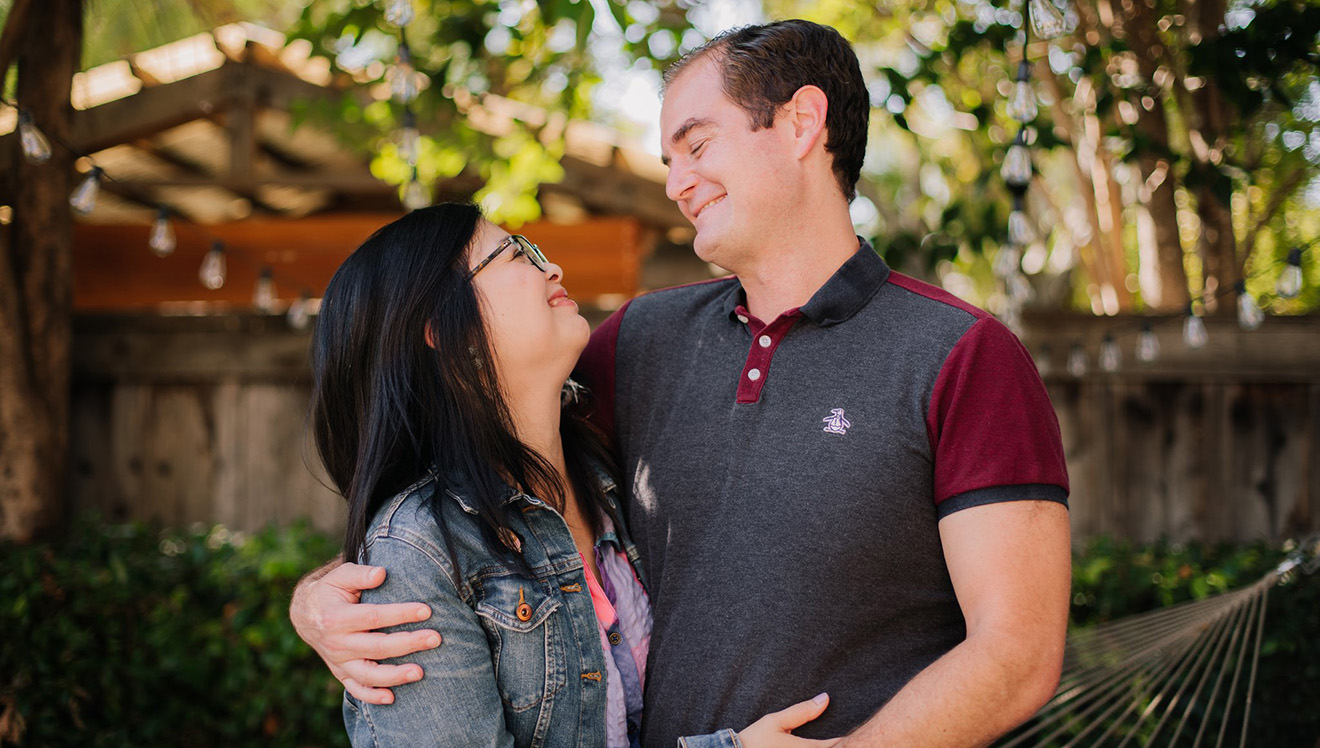
Natural Cycles: An honest review of the non-hormonal birth control app
Six months ago, I had “the talk” with my partner. We had been dating for seven months and things were going beyond good. I didn’t want to rock the boat with my proposal. As a Libra Sun and a “nine” on the Enneagram, rocking the boat is not my forte. I would much prefer to keep sailing that boat as closely to whomever I’m sailing with, making cocktails and margaritas for everyone.
My proposal had to do with going off The Pill to use an alternative birth control method. There was a convergence of circumstance, situation, and serendipity that led me to this decision. It started with gnarly menstrual cramps, which I’ve had for a few years, but had gotten especially bad the past few months. It didn’t occur to me that there was anything I could do about it until a friend recommended a book, Love your Lady Landscape by Lisa Lister. In it, the author talks about her own painful struggles with her nether-regions and how she discovered it was her body trying to communicate with her. How the pain was trying to wake her up to the innate power we have as women. She recommends the forgotten ancient practice of speaking with your womb on a regular basis to stay connected with your own “SHE” power.
Talking to your womb may sound weird, but having effectively talked to my anxiety blob to understand the roots of my anxiety when I was in Somatic Psychotherapy, I’ve learned to go with the flow and try this stuff out. And so a couple of weeks later, as I laid in bed writing in PMS pain, I had a chat with my uterus. I asked her, “Uterus, what’s going on with you?” In my mind’s eye, my uterus was laying next to me in bed, and she was pissed and sad at the same time. She screamed, “Why don’t you listen to me? I want to ovulate!” Her little uterus head banged on the pillow and her fallopian tubes flailed about as she sobbed.
Why I needed to rethink The Pill
She (my uterus) was referring to The Pill. It’s funny because, it’s like — I know how The Pill works. But when I first made the decision to go on The Pill at 18 years old, I never fully processed it. Basically, The Pill works through using synthetic estrogen and progesterone to trick the body into thinking it’s already pregnant, which prevents an egg from being released, which prevents ovulation from occurring. As mentioned in Love your Lady Landscape, the period you’re having on The Pill isn’t a real period, but something called “withdrawal bleeding” caused by the drop in hormone levels when taking the placebo pills. Our “cycle” during The Pill isn’t a real menstrual cycle.
Here’s the thing. When you’re 18 years old and don’t want to get preggers, that sounds great! Of course it’s effective — an egg doesn’t release, so no bun in the oven. It’s exactly what I need. As a 41year-old woman on a journey to understand what it means to be a woman and who just decided that I do want kids after all—it made me uneasy. To think that in the last 23 years of my life, I’ve only allowed myself to have the beautiful miracle of my womanhood — a natural menstrual cycle — only a handful of times? That didn’t feel right. It also brought up concerns about my fertility. When I looked it up, I read article after article saying not to worry. The Pill is safe and most women begin to ovulate soon after stopping, even if you’ve used The Pill for years.
Still, I was concerned and had this gut feeling that my body wanted me off The Pill for a reason. That night, I searched for non-hormonal birth control methods. My partner and I were not ready to have kids yet. I know, one can ever be ready to be a parent, yada, yada, yada, but seriously, we weren’t. We had only been dating for about seven months and weren’t even living together at the time. Even though we had talked about it, neither of us have a spontaneous bone in our bodies, so throwing all caution to the wind and just having a baby already? Not gonna happen.
A non-hormonal birth control that trains you for “trying”

This was when I began googling. What popped up was Natural Cycles, an FDA-cleared non-hormonal birth control method that involves measuring your basal temperature daily to track ovulation through an app. Every day you enter your temperature into the app, and it tells you when you are at risk of getting pregnant. During this period, it recommends that you abstain or use a condom to prevent pregnancy. It boasts a 93% efficacy rate when used properly. The only other non-hormonal methods with above 90% efficacy rates were copper IUDs that are for long-term birth control. Planning ahead, if all goes well with my partner, we’d likely want to try to get pregnant in the next year or two. It seems like using Natural Cycles is a great way for me to clear my body of hormones, and get a glimpse into my fertility to boot.
Because, let’s face it. I am concerned about my fertility. I’m 41 years old, and we’ve all heard the stories around the chances of getting pregnant the older we get. Non-ovulation is a huge cause for fertility issues. If Natural Cycles can tell me whether I ovulate or not, it would give me a lot of peace of mind as I move towards the pregnancy journey.
I figured, whether what my uterus said was real or imagined, I had nothing to lose. Why not try and see if getting back on my natural cycle improves my cramping? At the same time, if Natural Cycles sucks as a birth control method, and I get pregnant, then the Universe is pushing me towards motherhood, and I don’t have to worry if I can or can’t get pregnant.
“Will you NOT take The Pill with me?”
When I went to talk to my partner, I was nervous. For one, I’m proposing to a man, a new birth control method that suggests that for parts of the month we must abstain or use a condom, whereas before, we could have sex freely whenever we wanted! I know my partner isn’t that type of guy, but deep down, I want to be a dutiful girlfriend. The one who wants to keep her man happy, and satisfied, which is so not okay to admit to in these modern “feminist” times.
For second, I am proposing an alternative birth control method — ”alternative” being the keyword here. We may be a liberal, spiritual couple who discusses hippy-dippy topics, such as talking to and communing with trees. As far out as we are, alternative just isn’t what it used to be. In the 90s, alternative was like Nirvana and MTV—it was about rebellion and sticking it to The Man. Now? Alternative is associated with conspiracy theories and alternative facts, and people believing that the Earth is flat.
My partner was predictably apprehensive, “You want to use an app as birth control?” He may be in seminary school learning to be one with the infinite divine, but he’s also a lawyer and a physics major. So he was, of course, going to question it. I didn’t take offense. As a former researcher, I had researched the hell out of it as well.
In fact, having been a research analyst, Natural Cycles appealed to that data-loving side of me. The idea of inputting my own personal database, paired with a mathematical algorithm to safely and effectively prevent pregnancy (or use it to get pregnant, in the future) made me have hope that data can be used for good! Data is not only for targeting people to get them to buy stuff, as my former life would lead me to believe.
After explaining all the science behind it, and how it works, (including the part about how we may have to abstain from sex at times), and all my reasons for wanting to go off The Pill, in the end, he said what every woman wants to hear in this situation, “I support you in whatever decision you make for your body.” Ah, choice—now that’s feminism!
What it’s really been like to use an alternative birth control method
Now that I’ve completed five cycles on Natural Cycles, I can safely say, I’m a fan! That’s not to say there weren’t some sketchy moments those first couple of months when I wondered if I had made a terrible mistake. Natural Cycles is not for the impatient, that’s for sure.
Here’s how Natural Cycle works. Every day, you measure your basal temperature and input it into their app every morning. The goal is for the app to detect ovulation when there’s an increase in body temperature due to the release of luteinizing hormones that kicks off ovulation. Once you ovulate and enter the luteal phase of your cycle, your temperature stays at that higher range until your period. (See chart below) Because sperm can survive in the womb for around 4 days, the trick for the app is to predict ovulation day in your individual cycles. The key is to not have those little guys swimming around in there for the days leading up to ovulation (hence abstain or use a condom). And because that timing varies from woman to woman, the more data entered, the more precise the prediction for your own personal fertile window.
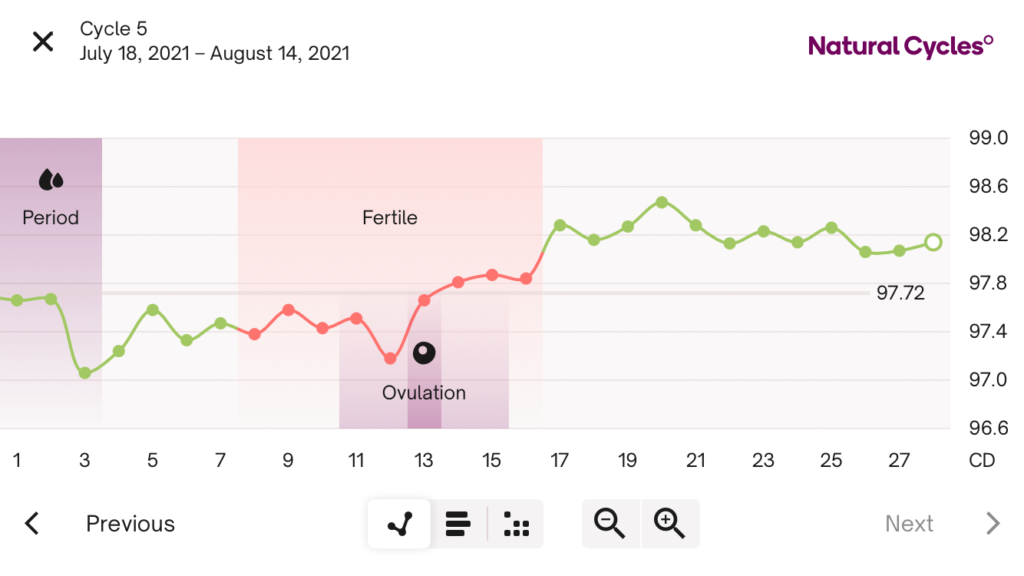
All this means that when you first start using Natural Cycles, it takes a few months for it to get to know your cycle. Considering an oopsie in a birth control method is kinda a big deal, the app errs on the conservative side, giving you mostly “red days” (days when you should abstain or use a condom) the first few months of the cycle.
After throwing away my pill packs to begin my exciting adventure with Natural Cycles, I was disappointed to see only one week of “green days” (aka no condom days). Forget wanting to please my man, I wanted sexual freedom for more than one week out of the month! But I stuck with it, and now that I’ve entered enough data for a more accurate prediction, 68% of my cycle is green days.
And by the way, “the red days” (when we have to abstain) have actually been quite a plus in our relationship. For one, using the Natural Cycles method means having to communicate openly with my partner as to where I am in my cycle. This has cultivated a deeper sense of trust and intimacy, by me vocalizing what’s going on with my body, and for him to demonstrate his respect for my choice by abstaining. Beyond this, we’ve also taken the opportunity to be very creative during “the red zone” as we call it! There are other ways to entertain ourselves without going to fourth base! “The red zone” has become an exciting little corner in our sex life, and gives both zones its own unique pleasures.
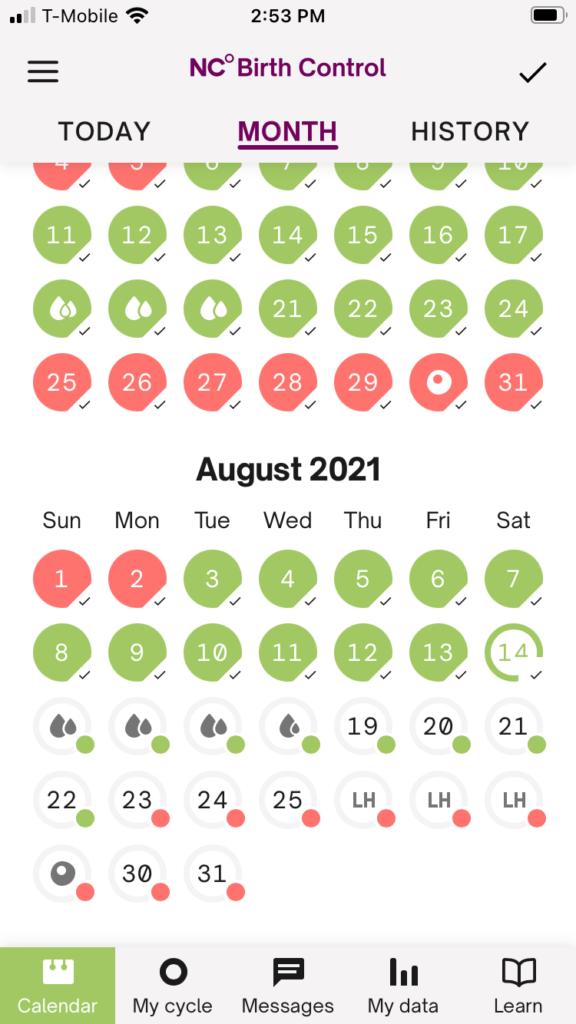
Another cause for concern those early days was when ovulation was not detected the first month. My temperatures stayed too flat for the app to confirm that ovulation had occurred. I feared the worst. “What if I can’t ovulate?” I worried. I tried to reason with myself. This was my first month off The PIll, so it may take some time to clear the hormones from my system.
By month two, my basal temperature began to map precisely to the app’s prediction. And when, on day fifteen of my cycle, my temperature raised just as the prediction line showed, I was amazed. “I think I ovulated!!!” I yelped. The days after that, the temperature stayed high as predicted, and ovulation was officially detected by the app a few days later. I cheered on for my body and for science—“I did it, I did it! I ovulated! I ovulated!” I was in awe of my biology, and what my body is able to do. I ovulated, even though I didn’t ask it to. Even though I had been ignoring my own cycle for so long. Apparently, my body doesn’t forget how to.
The unexpected side effects of using Natural Cycles
This discovery has brought me a sense of equanimity, not only because it’s given me a glimpse into my own fertility, but also a newfound connection to my body that I’ve never experienced before. For most of my life, I hated my body. Partially, that hatred was the typical body image issues all girls unfortunately experience. But more than that, I didn’t like being in my body. I invalidated its limitations, and hated having to feel the feelings that arise when we’re anxious or angry. I was always trying to escape my body by focusing on my mind. As an 18 year old who hated my body, going on The Pill to control my body was convenient — out of sight, out of mind.
Society gives us a lot of mixed messages on the body. On the one hand, we’re told to eat healthy and exercise. On the other hand, when we’re tired, we’re told to drink coffee and keep pushing on. Being healthy is only good so long as it doesn’t cut into our productivity. When we’re tired and the body is trying to give us a message, we don’t listen. In this experiment in working with my body, rather than against it, it was clear that I had stopped listening to my body long ago. My screaming cramps was a wake-up call. Like a cranky toddler that feels unheard, it had a tantrum loud enough to make me listen.
Day after day, I took my body’s temperature, recorded it, and reported on my period. I gave my body attention it had never received before. With just that little three-minute ritual each morning, I was setting aside that time to tell my body that it mattered. A seemingly small validation of its existence opened my eyes to what my body needed. I began to notice the little nudges my body would communicate to me. Being in lockdown, I was also able to give into its whims. I napped when I was tired, took a walk when I felt like I needed to stretch my legs. The day before my vaccination, I craved avocados. Later, I found out that avocados are high in antioxidants which are helpful in lessening the symptoms of the vaccine. Our body knows what it needs. We typically only notice our body when it’s not working well. We invalidate it, and can be hard on ourselves when something goes wrong and build a distrust of the body, instead of cultivating a direct relationship with its needs.
How Natural Cycles has changed my relationship with my body — for good
As an aspiring mother, I question what all this will mean when the little ones are running around, needing food and play and all of it. I know it’s naive to think I can take a nap whenever I want. And so the answer is: I don’t know, but I’m enthusiastic to figure it out! Having gone through forty-something years of life already, I do have some notions based on what life has tossed me already. For example, I may need to ask for help. Something I loathe to do as the I-don’t-need-anyone-I-can-do-it-all-myself lone ranger I had played for much of my life.
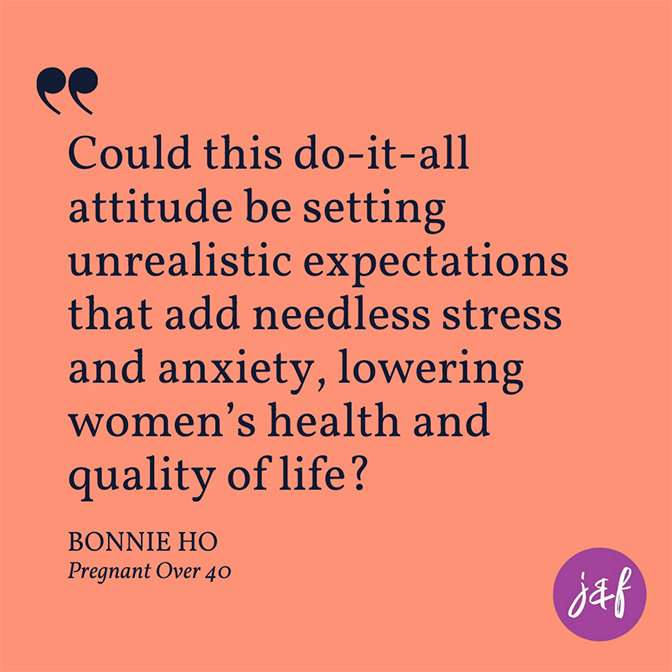
I may also need to accept that I’m not going to be a super-mom who multi-tasks to perfection, which begs the question whether the “the woman who can do it all ” stereotype is validating of women’s capability, or is it symptomatic of our need to “do it all” because we don’t feel like we’re good enough otherwise? Could this do-it-all attitude be setting unrealistic expectations that add needless stress and anxiety, lowering women’s health and quality of life?
Having connected to my body now, I can hear it. My body can’t support a “do it all” attitude. I may not be able to give my kids the most ideal experience one hundred percent of the time, but I intend to be loving, caring, and accepting of who they are. If I can do that, I’ve done the best I can. And that’s going to have to be enough.
Sorry, the comment form is closed at this time.


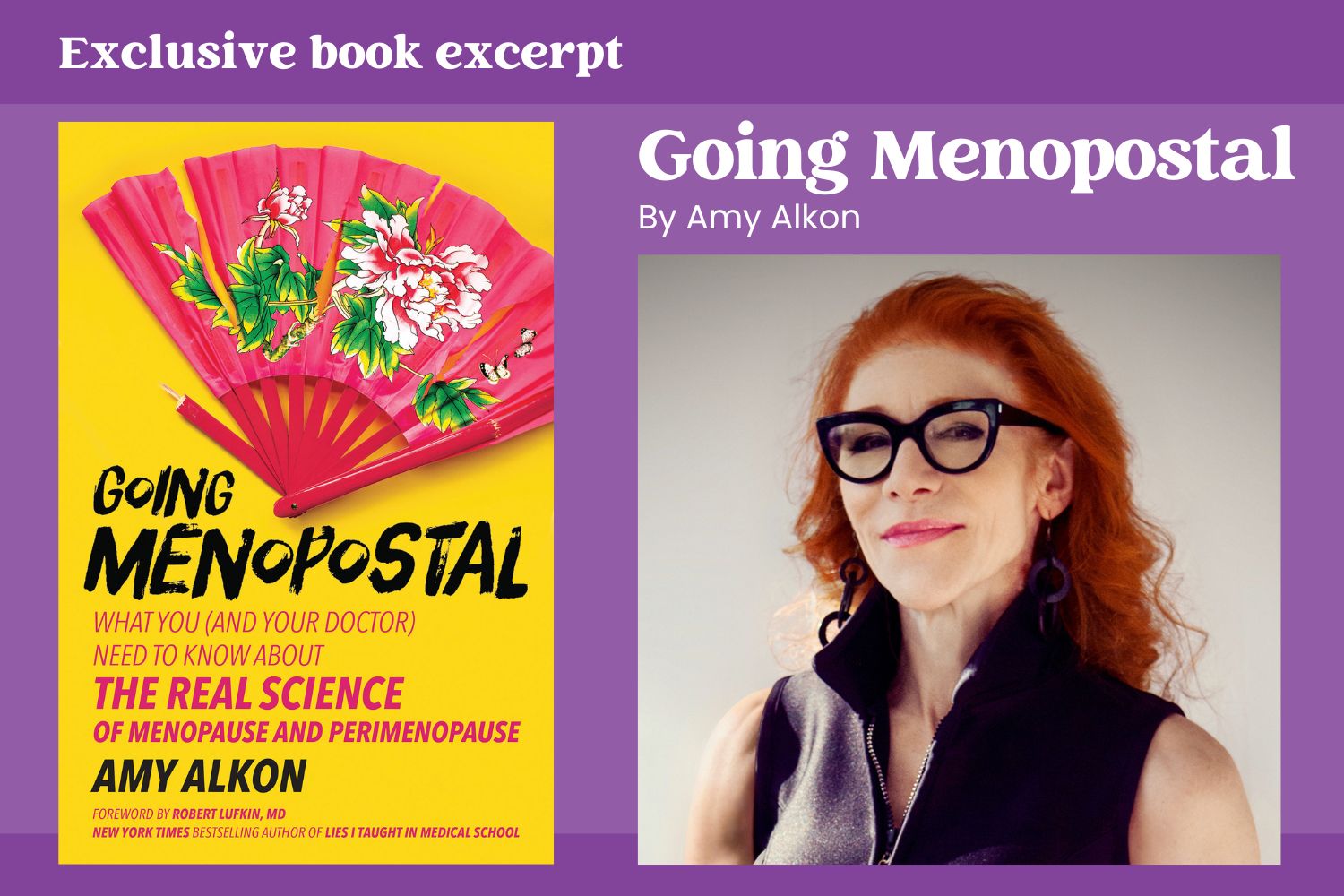
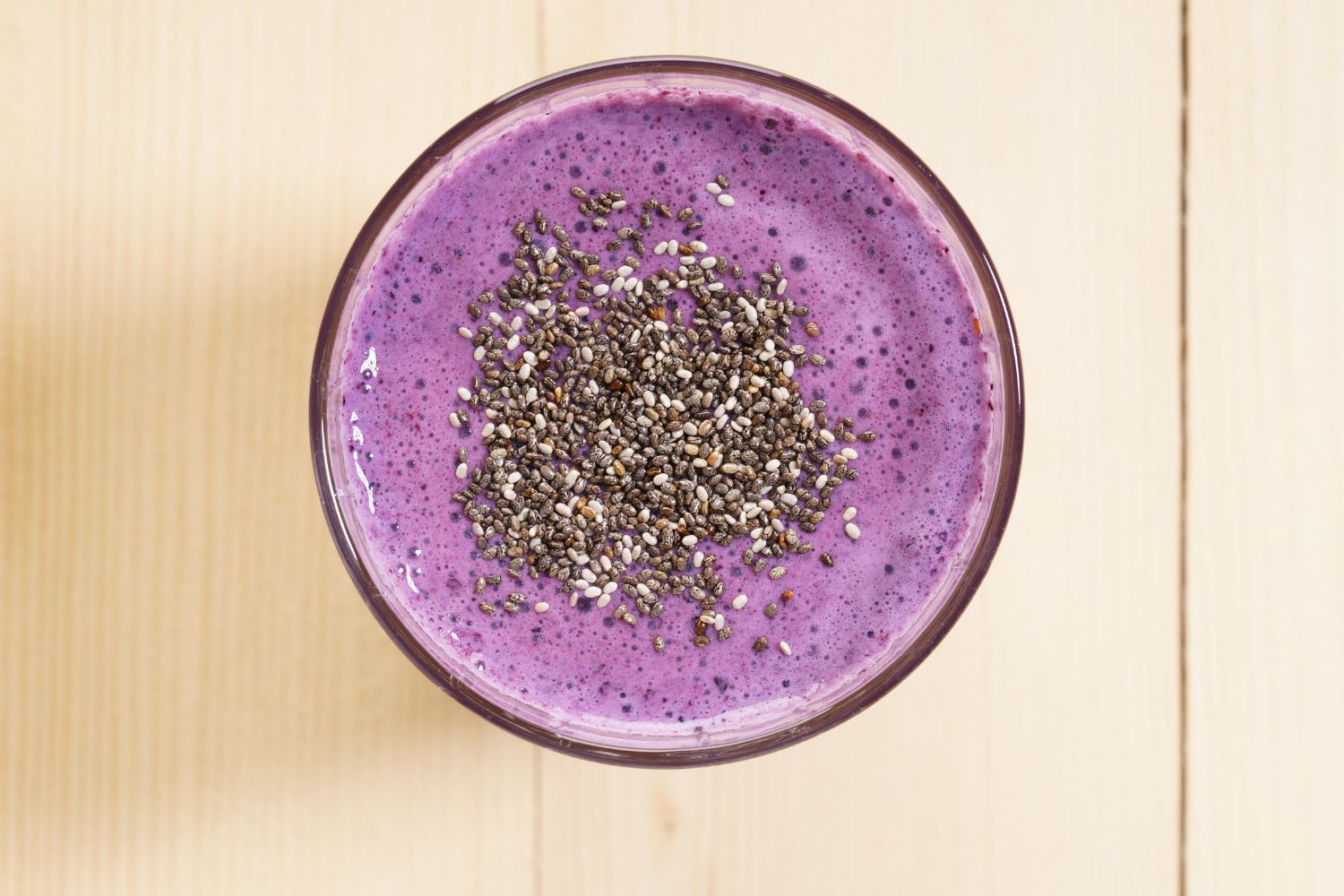
Pingback: How intuition and the rational work together – BONNIE HO INSIGHTS